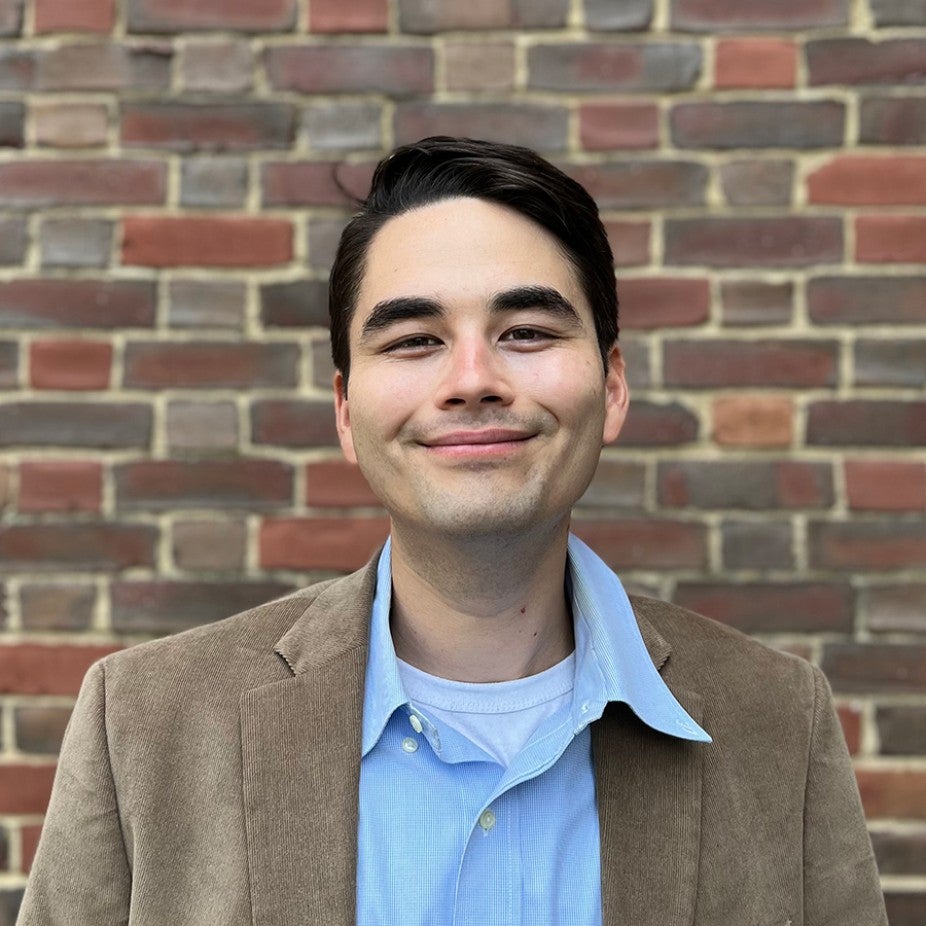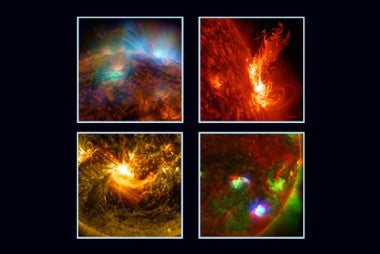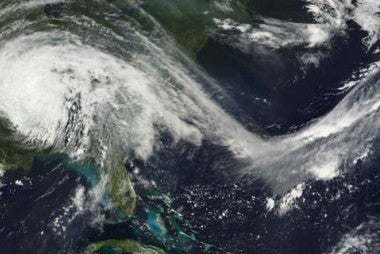New research by NOAA C&GC Fellow shows prescribed burns reduce fire intensity, smoke pollution in western U.S.
Low-intensity burning in wildland areas can reduce the severity of future wildfires that ignite in the same area while reducing pollution from smoke.

Makoto Kelp, NOAA Climate and Global Change (C&GC) Postdoctoral Fellow, studies the benefits of prescribed burns in the western U.S.
Credit: M. Kelp
“Our study found that throughout the western United States in areas that have been treated with prescribed burns, there was a 16% reduction in how severely an area was burned during a subsequent wildfire,” says Makoto Kelp, lead author of a new study published in AGU Advances in June 2025. In addition, he notes, hazardous smoke pollution was reduced by 14%.
Kelp is a NOAA Climate and Global Change (C&GC) Postdoctoral Fellow working with Noah Diffenbaugh, professor and climate scientist in the Doer School of Sustainability at Stanford University. The C&GC program is managed by the UCAR | Cooperative Programs for the Advancement of Earth System Science (CPAESS).
The study results have implications for public policy because five of the top twenty largest wildfires in California occurred in 2020, a fire season characterized by record-setting wildfires. While fire is essential to ecosystem health, many wildland areas in California and throughout the western U.S. have become more vulnerable to fires due to a changing climate highlighting the importance of devising a way to protect against the impact of future wildfires.
The researchers used high-resolution satellite imagery and other land management and smoke emissions data to compare burn severity for 20 areas that had been treated with prescribed burns between 2018 and 2020, within two years of a subsequent wildfire. These same areas burned again in the 2020 fire season. (Source.)
In addition to significant differences between areas previously treated with burns and those of a control group outside of the burned area, Kelp notes there were reductions in particulate matter or PM2.5 emissions. These microscopic particles are transported aloft in wildfire smoke and when inhaled, can cause severe respiratory and cardiac problems in vulnerable populations.
“We find that even though prescribed fires themselves produce smoke, doing these treatments has a net benefit in reducing smoke exposure for people in the areas around them,” says Kelp.
Prescribed fires that were conducted in areas adjacent to urban settings; however, were less effective in reducing the severity of future fires due to community concerns and local restrictions in place for protecting people and property from any type of fire. As a result, these areas could not be burned as completely as a rural area might be.
Kelp considers this study a first step in assessing the protective effects of prescribed burns across different states and different ecosystems. Until now, there hasn’t been a large-scale, quantitative study considering the smoke benefits of routine prescribed burns.
“We find that there are protective effects of prescribed burning even during the severe wildfire season of 2020 so now we know, at least historically, there is a nice buffer,” says Kelp.
"Smoke and Mirrors: Rethinking Observations, Models, and Mitigation of Wildfires"
On April 23, 2025 Makoto presented some of his research at a CPAESS Discovery Seminar titled "Smoke and Mirrors: Rethinking Observations, Models, and Mitigation of Wildfires" Watch Makoto's seminar recording
Looking ahead
Kelp’s research may inform state-level decisions to adopt prescribed burning practices to manage wildfires. For example, California’s Wildfire and Forest Resilience Action Plan recommends treating one million acres annually across the state and Kelp’s study demonstrates their efficacy.
Kelp will join the Atmospheric Sciences Department at the University of Utah as an assistant professor in 2026.
This work was funded by the National Oceanic and Atmospheric Administration and Stanford University.









